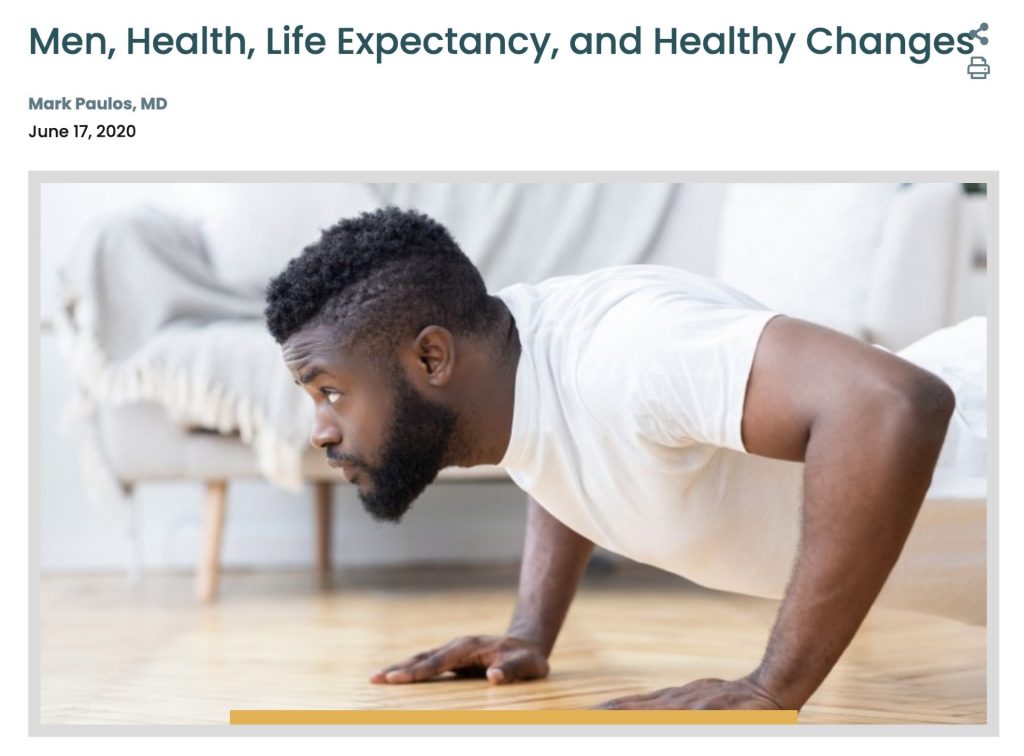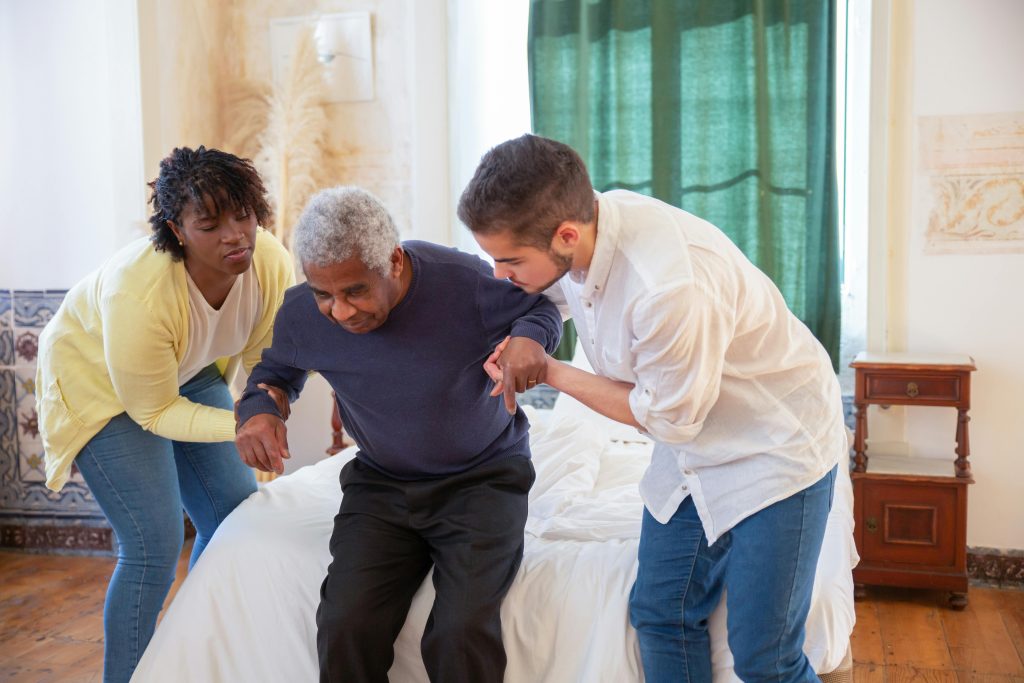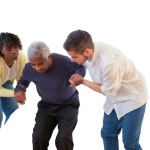Maintaining good elderly health requires more than just doctor visits—it starts with simple daily habits. One of the most effective ways seniors can support their physical and mental well-being is through regular exercise. From improving balance to boosting mood, staying active is key to living longer and healthier in old age.
Stretching and Flexibility for Joint Health
When it comes to elderly health, maintaining flexibility is key to staying independent and active. As we age, our joints naturally become stiffer, making everyday movements more challenging. Regular stretching can help loosen tight muscles, improve circulation, and support better posture.
Gentle stretching exercises also reduce the risk of falls by enhancing balance and coordination. Seniors who stretch regularly often experience less joint pain and enjoy a wider range of motion, which directly supports their overall elderly health and quality of life.
A few minutes of stretching each morning can set a positive tone for the day. Simple moves like neck rolls, shoulder shrugs, and toe touches can be done standing or seated, making them accessible for most seniors regardless of mobility level.
By incorporating stretching into a daily routine, elderly individuals can improve flexibility and feel more confident in their movements. It’s a small habit that delivers lasting benefits for long-term elderly health and wellness.
Walking: A Simple and Effective Health Booster

Chair Exercises for Low-Impact Strength Training
Chair exercises are perfect for seniors looking to improve elderly health without the intensity of standing workouts. These low-impact movements help build strength, improve flexibility, and increase blood flow—all from the comfort of a sturdy chair.
Simple routines like seated leg lifts, arm raises, and ankle circles can be done daily, making it easy for seniors to stay active at home. These exercises are especially useful for those with limited mobility or recovering from illness.
Regular chair exercises support muscle tone, reduce joint stiffness, and enhance circulation. They’re a safe and convenient way to maintain physical function and independence, both of which are critical for strong elderly health.
Even five to ten minutes a day of gentle movements can make a big difference in how seniors feel and move. Consistency is the key to lasting benefits.
Balance Training to Prevent Falls
Balance training is an essential part of protecting elderly health. As we age, the risk of falling increases due to muscle loss, joint stiffness, and slower reflexes. Simple balance exercises can help seniors maintain stability and prevent injuries.
Practicing standing on one foot, heel-to-toe walking, or light yoga poses strengthens the legs and core muscles. These exercises also build confidence in movement, allowing seniors to navigate their homes and environments more safely.
Preventing falls is one of the best ways to protect elderly health, as a single fall can lead to long recovery times or long-term disability. Just a few minutes of balance training each day can improve coordination and posture.
Balance routines can be done using support from a chair, wall, or walker. Over time, seniors may notice they move more freely and feel more secure in their steps.
Breathing and Relaxation for Heart and Mental Health
Deep breathing exercises may seem simple, but they offer powerful benefits for elderly health, particularly in reducing stress and supporting heart function. Controlled breathing helps calm the nervous system, lower blood pressure, and improve focus.
Seniors who practice breathing exercises regularly often report better sleep, improved mood, and reduced feelings of anxiety. These benefits play a significant role in maintaining a healthy body and mind.
A simple breathing technique involves inhaling deeply through the nose, holding for a few seconds, and exhaling slowly through the mouth. Practicing this for 5–10 minutes a day can bring noticeable improvements in overall elderly health.
Adding music, prayer, or light meditation can further enhance relaxation. This quiet time each day supports emotional balance and heart health without physical exertion.

Checking and getting more tips from most of our blog post, and practicing these techniques, individuals can lower their heart rate and blood pressure, improve their ability to cope with stress, and enhance their mental clarity





This is nice 👍
Ok